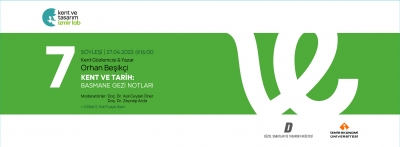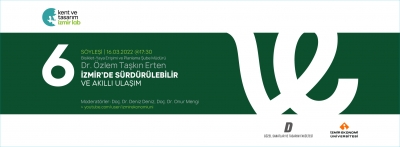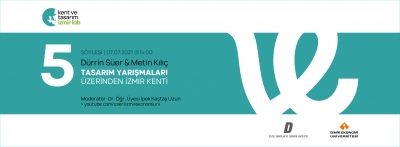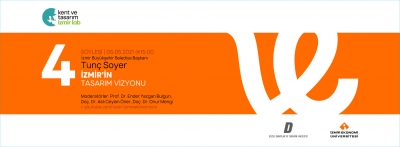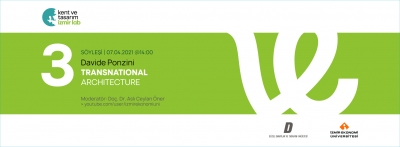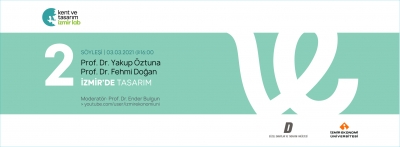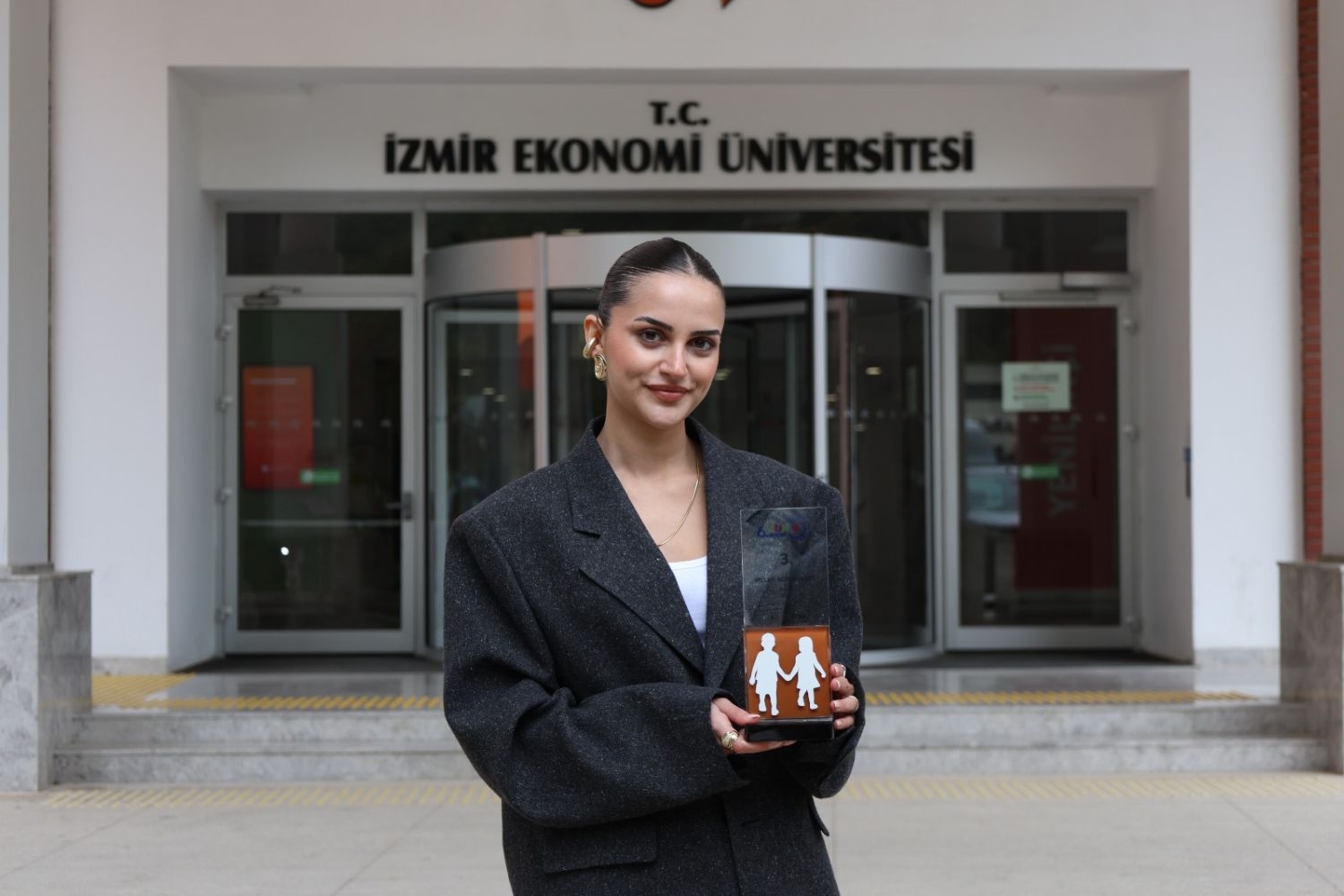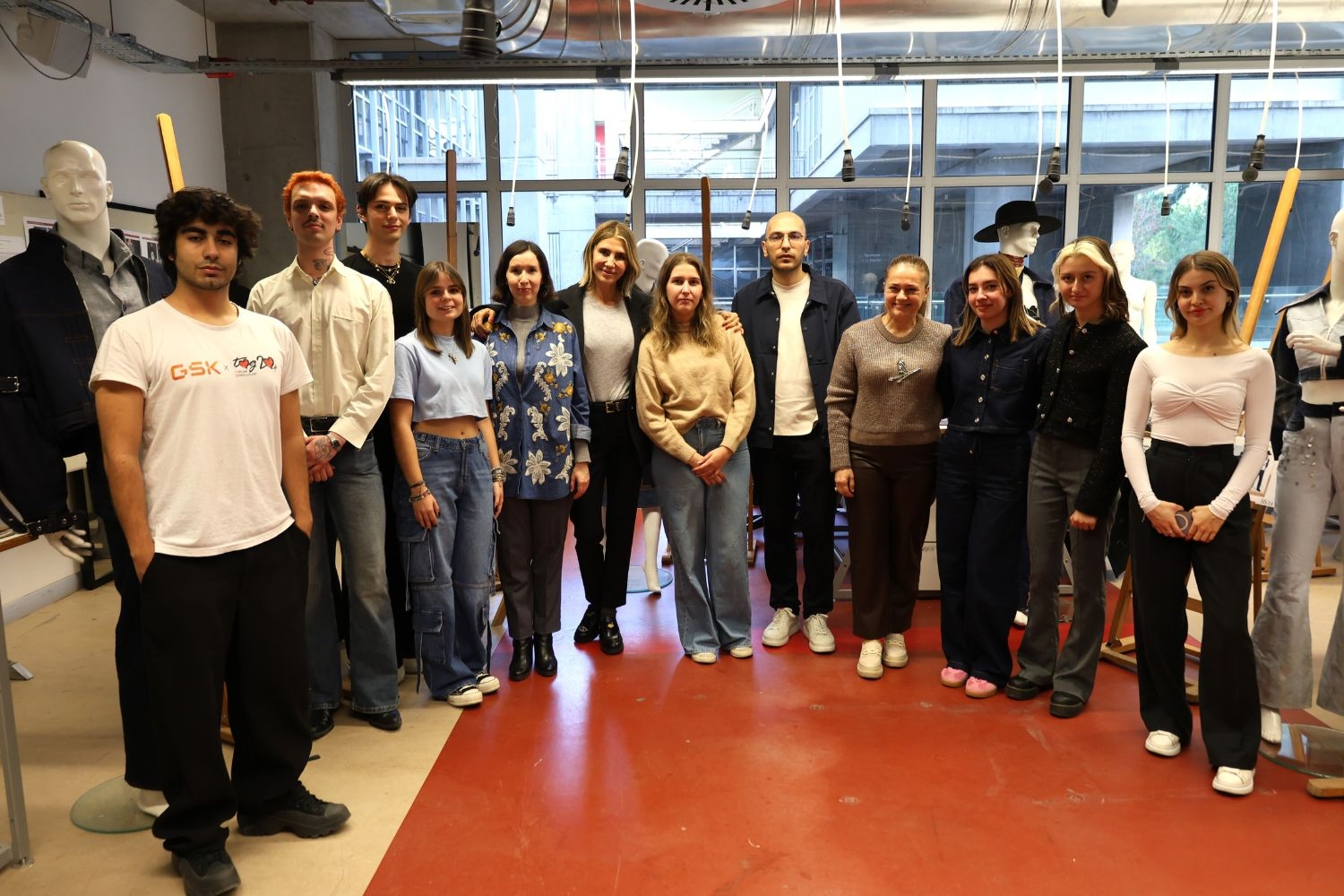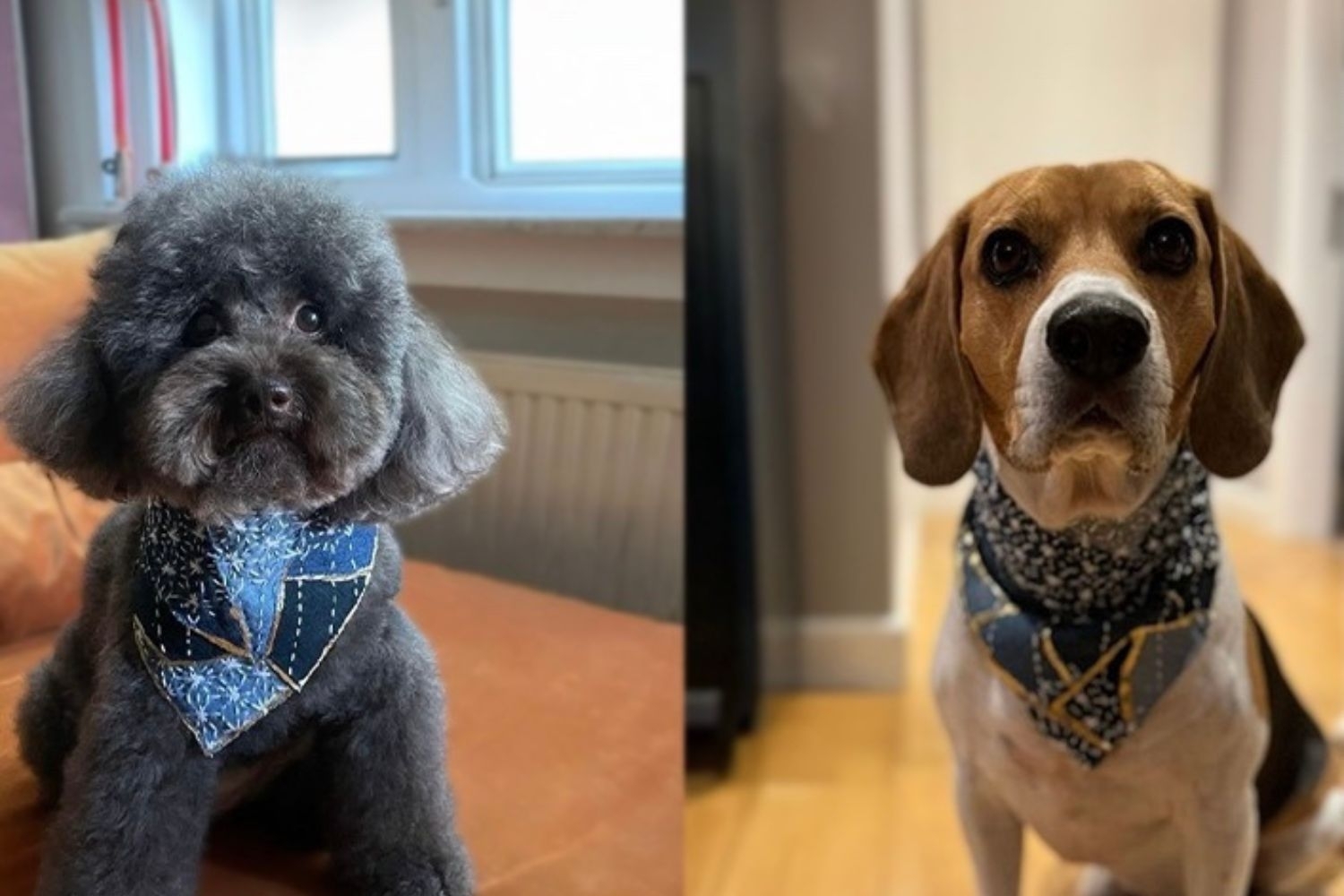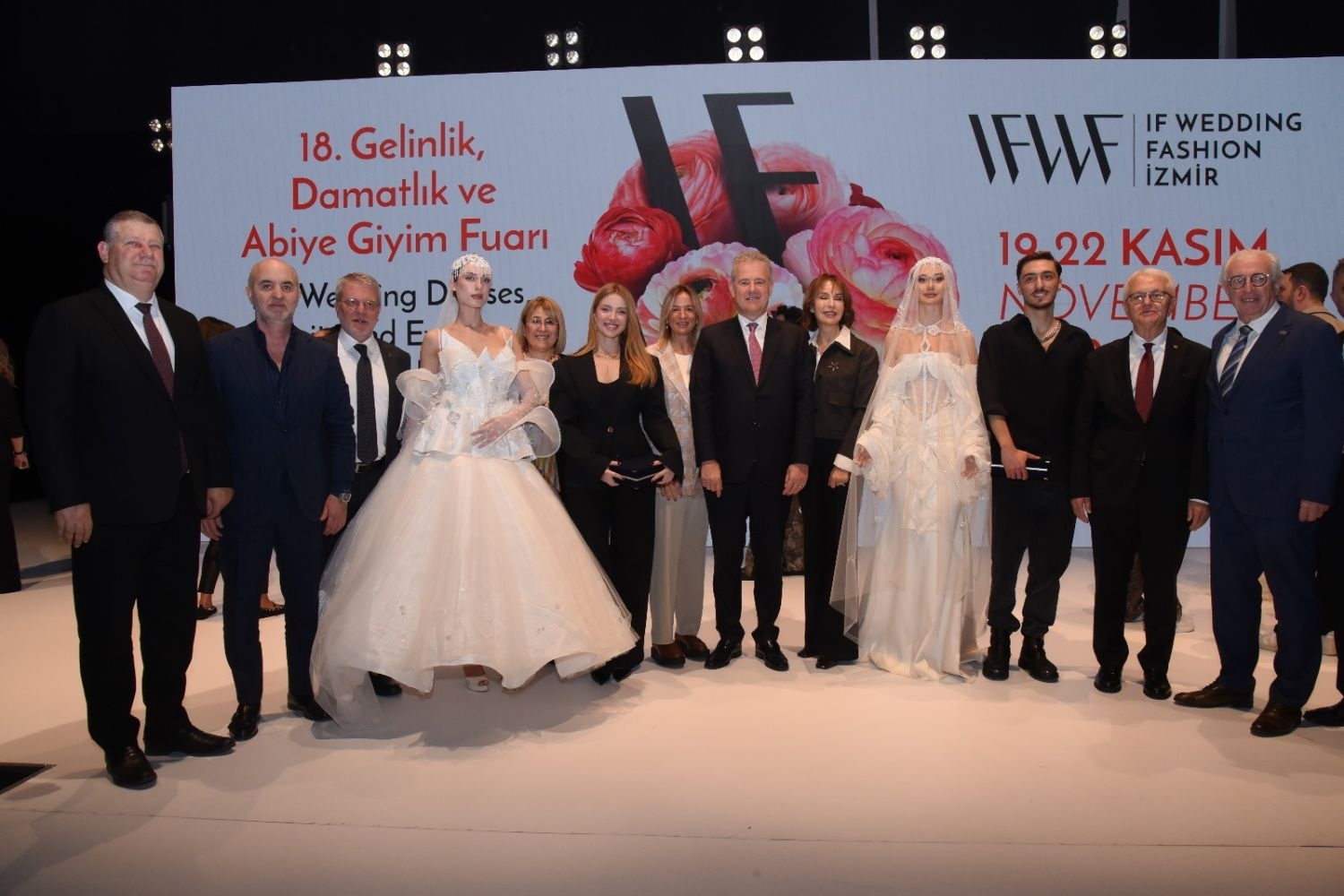FACULTY OF FINE ARTS AND DESIGN
Department of Textile and Fashion DesignGEET 312 | Course Introduction and Application Information
| Course Name |
History of the Women’s Rights Movement
|
|
Code
|
Semester
|
Theory
(hour/week) |
Application/Lab
(hour/week) |
Local Credits
|
ECTS
|
|
GEET 312
|
Fall/Spring
|
3
|
0
|
3
|
6
|
| Prerequisites |
None
|
|||||
| Course Language |
English
|
|||||
| Course Type |
Service Course
|
|||||
| Course Level |
First Cycle
|
|||||
| Mode of Delivery | - | |||||
| Teaching Methods and Techniques of the Course | DiscussionGroup WorkQ&ALecture / Presentation | |||||
| National Occupation Classification | - | |||||
| Course Coordinator | ||||||
| Course Lecturer(s) | ||||||
| Assistant(s) | - | |||||
| Course Objectives | This course examines the history of the women’s rights movement and will analyze the ways that women have mobilized over the 20th and 21st centuries. Historical analysis will be used to trace how the women’s rights movement began, evolved and the divisions among different women’s groups. A special emphasis will be made on the history of the women’s rights movement in Turkey. |
| Learning Outcomes |
The students who succeeded in this course;
|
| Course Description | This course aims to give students insight into women’s rights movement of the 20th and 21st century by comparing and contrasting the different waves of feminism. The contribution of international organizations, particularly the United Nations will be discussed in greater detail and a special emphasis will be made on the women’s rights movement in Turkey. |
| Related Sustainable Development Goals |
|
|
Core Courses | |
| Major Area Courses | ||
| Supportive Courses | ||
| Media and Management Skills Courses | ||
| Transferable Skill Courses |
WEEKLY SUBJECTS AND RELATED PREPARATION STUDIES
| Week | Subjects | Related Preparation |
| 1 | Introduction | - |
| 2 | Basic Concepts | • Walby, S.(1989), “Theorizing Patriarchy”, Sociology, pp. 213-234. • Valdes, F., “Unpacking Hetero-Patriarchy”, pp. 161-211. Suggested: • Blank, H. (2012), Straight: The Surprisingly Short History of Heterosexuality. |
| 3 | Historical Background | • Aivazova, Svetlena (1994). “Towards a History of Feminism”, Russian Studies in History, pp. 63-69. Suggested: • Okin, Susan Moller (1979). “Rousseau’s Natural Women”, The Journal of Politics, pp. 393-416. |
| 4 | Early and First Wave Feminism | • Hodgson-Wright, S. (2001), “Early Feminism”, in The Routledge Companion to Feminism and Postfeminisms, pp. 3-15 • Sanders, V. (2001), “First Wave Feminism,” in The Routledge Companion to Feminism and Postfeminisms, pp. 16-28. |
| 5 | Movie: “Iron Jawed Angels” by Katja von Garnier3 | https://suffrageandthemedia.org/source/iron-jawed-angels-film-suffrage-activists/ |
| 6 | Second Wave Feminism | • Thornham, S. (2001), “Second Wave Feminism”, in The Routledge Companion to Feminism and Postfeminisms, pp.29-42. Suggested: • Duru Dogan, H. (2010). İkinci Dalga Fransız Feminizmine Kısa Bir Bakış, Türkiye’de Toplumsal Cinsiyet Çalışmaları, pp. 67-99. |
| 7 | Second Wave Feminism Movie Screening: “Made in Dagenham” by Nigel Cole | • Thornham, S. (2001), “Second Wave Feminism”, in The Routledge Companion to Feminism and Postfeminisms, pp.29-42. Suggested: • Duru Dogan, H. (2010). İkinci Dalga Fransız Feminizmine Kısa Bir Bakış, Türkiye’de Toplumsal Cinsiyet Çalışmaları, pp. 67-99. |
| 8 | Third Wave Feminism | • Gamble, S. (2001), “Postfeminism”, in The Routledge Companion to Feminism and Postfeminisms, pp. 43-54. Suggested • Hokulani K. Aikau, Erickson K.& Pierce, J.L. (2018). “Feminism, First-, Second-, and Third-Wave”, in The International Encyclopedia of Anthropology. • Rivers, N. (2017). Postfeminism(s) and the arrival of the Fourth Wave. pp. 107 -131. |
| 9 | Ottoman Woman’s Movement | • Serpil Çakır (201 0 ) . Osmanlı Kadın Hareketi: XX. Yüzyılın Başında Kadınların Hak Mücadelesi. Türkiye’de Toplumsal Cinsiyet Çalışmaları . pp. 99 -115. • Demirdirek, A. (1998). In pursuit of the Ottoman Women's Movement (Translated by Zehra F. Arat), in Deconstructing images of the Turkish woman, pp.65 -83. |
| 10 | Mid-term | - |
| 11 | Feminism in Turkey I | • Sirman, Nükhet (1989). Feminism in Turkey: A Short History, New Perspectives on Turkey, 1 -33. • C Diner, Ş Toktaş (2010). Waves of feminism in Turkey: Kemalist, Islamist and Kurdish women's movements in an era of globalization, Journal of Balkan and Near Eastern Studies, pp.41 – 57 |
| 12 | Feminism in Turkey II | • Miller, Ruth A. (2007). Rights, Reproduction, Sexuality, and Citizenship in the Ottoman Empire and Turkey, Signs: Journal of Women in Culture and Society, vol. 32, no. 2. • Coşar, Simten & Kerestecioğlu, İnci -Özkan (2013). Feminizmin Neoliberalizmle İmtihanı, Doğu Batı Toplumsal Cinsiyet II, pp. 21 -37. |
| 13 | Presentations | - |
| 14 | Presentations | |
| 15 | Review of the Semester | |
| 16 | Final Exam |
| Course Notes/Textbooks | Lecture notes will be uploaded to Blackboard/ GEET 312/Materials section.
|
| Suggested Readings/Materials | They will be uploaded to Blackboard/GEET 312/ Materials section. |
EVALUATION SYSTEM
| Semester Activities | Number | Weigthing |
| Participation |
1
|
10
|
| Laboratory / Application | ||
| Field Work | ||
| Quizzes / Studio Critiques | ||
| Portfolio | ||
| Homework / Assignments | ||
| Presentation / Jury |
1
|
25
|
| Project | ||
| Seminar / Workshop | ||
| Oral Exams | ||
| Midterm |
1
|
30
|
| Final Exam |
1
|
35
|
| Total |
| Weighting of Semester Activities on the Final Grade |
3
|
65
|
| Weighting of End-of-Semester Activities on the Final Grade |
1
|
35
|
| Total |
ECTS / WORKLOAD TABLE
| Semester Activities | Number | Duration (Hours) | Workload |
|---|---|---|---|
| Theoretical Course Hours (Including exam week: 16 x total hours) |
16
|
3
|
48
|
| Laboratory / Application Hours (Including exam week: '.16.' x total hours) |
16
|
0
|
|
| Study Hours Out of Class |
15
|
3
|
45
|
| Field Work |
0
|
||
| Quizzes / Studio Critiques |
0
|
||
| Portfolio |
0
|
||
| Homework / Assignments |
0
|
||
| Presentation / Jury |
1
|
10
|
10
|
| Project |
0
|
||
| Seminar / Workshop |
0
|
||
| Oral Exam |
0
|
||
| Midterms |
1
|
14
|
14
|
| Final Exam |
1
|
39
|
39
|
| Total |
156
|
COURSE LEARNING OUTCOMES AND PROGRAM QUALIFICATIONS RELATIONSHIP
|
#
|
Program Competencies/Outcomes |
* Contribution Level
|
|||||
|
1
|
2
|
3
|
4
|
5
|
|||
| 1 |
To be able to develop and design a collection independently. |
-
|
-
|
-
|
-
|
-
|
|
| 2 |
To be able to do maintain a design research individually or as a team. |
-
|
-
|
-
|
-
|
-
|
|
| 3 |
To be able to develop entrepreneurship- and managerial skills for a future professional practice. |
-
|
-
|
-
|
-
|
-
|
|
| 4 |
To be able to understand, interpret and apply theoretical knowledge in fashion and textile design. |
-
|
-
|
-
|
-
|
-
|
|
| 5 |
To be able to analyze and integrate the particular local and regional needs and of their profession. |
-
|
-
|
-
|
-
|
-
|
|
| 6 |
To be able to obtain a multidisciplinary point of view, follow and analyze the new issues, changes and trends in contemporary design and art in such a way that they can be integrated into design practice. |
-
|
-
|
-
|
-
|
-
|
|
| 7 |
To be able to apply industrial requirements, knowledge of material & usage and know-how knowledge in the creation of high quality fashion products. |
-
|
-
|
-
|
-
|
-
|
|
| 8 |
To be able to use digital information and communication technologies at a level that is adequate to the discipline of fashion and textile design. |
-
|
-
|
-
|
-
|
-
|
|
| 9 |
To be able to develop an ongoing analytical and professional approach to academic and design research. |
-
|
-
|
-
|
-
|
-
|
|
| 10 |
To be able to recognize the need and importance of a personal lifelong learning attitude towards their chosen area of interest. |
-
|
-
|
-
|
-
|
-
|
|
| 11 |
To be able to collect data in the areas of fashion and textile design and communicate with colleagues in a foreign language ("European Language Portfolio Global Scale", Level B1). |
-
|
-
|
-
|
-
|
-
|
|
| 12 |
To be able to speak a second foreign at a medium level of fluency efficiently. |
-
|
-
|
-
|
-
|
-
|
|
| 13 |
To be able to relate the knowledge accumulated throughout the human history to their field of expertise. |
-
|
-
|
-
|
-
|
-
|
|
*1 Lowest, 2 Low, 3 Average, 4 High, 5 Highest
NEWSALL NEWS

IZMIR UNIVERSITY OF ECONOMICS GÜZELBAHÇE CAMPUS
DetailsGLOBAL CAREER
As Izmir University of Economics transforms into a world-class university, it also raises successful young people with global competence.
More..CONTRIBUTION TO SCIENCE
Izmir University of Economics produces qualified knowledge and competent technologies.
More..VALUING PEOPLE
Izmir University of Economics sees producing social benefit as its reason for existence.
More..









